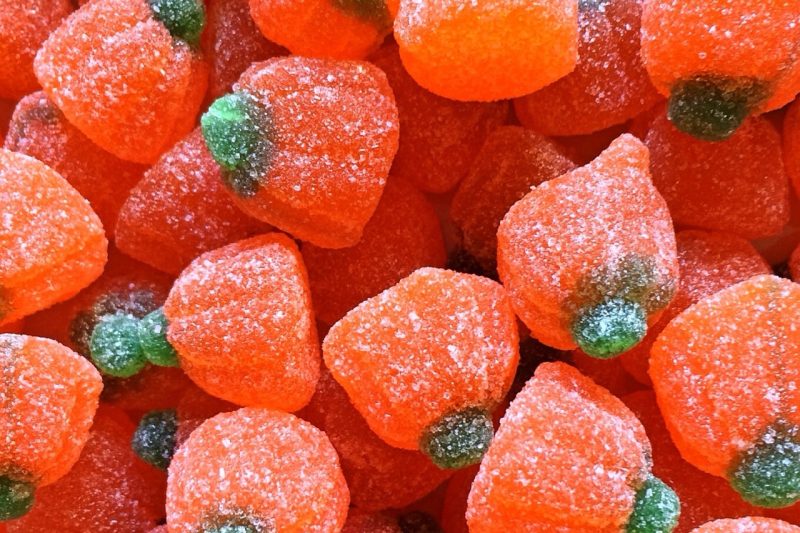Halloween confectionery in decline

With the trick or treaters having been and gone for another year, new research suggests that Halloween treats such as chocolate confectionery, gum and sugar confectionery have seen a global decline in consumption over the last few years.
According to Euromonitor International’s 2016 research of the packaged food industry, chocolate confectionery dropped 1.6% between 2014 and 2015, and edged down 0.2% in 2015-16. Gum fell 1.2% in 2014-15, and declined 0.1% in 2015-16. Sugar confectionery was down 1.5% in 2014-15 and dropped 0.1% between 2015 and 2016.
Yogurt, however, appears to be bucking the trend by becoming the new global growth engine. The category grew 7.7% in 2014-15 and increased 7.4% between 2015 and 2016.
Sweet biscuits, snack bars and fruit snacks, meanwhile, were further down the growth list, having risen 5.8% in 2014-15 and increased 5.6% from 2015-16. The figures also show that savoury snacks were up 5.3% between 2014 and 2015, and rose 5.5% in 2015-16.
Raphael Moreau, food analyst at Euromonitor International, explained, “The ‘war on sugar’ has dented the potential demand of sweet snacks as consumers have greater awareness of ingredients used in food production and are more cautious on their consumption.
“A growing ‘back to basics’ mentality towards food has meant that many old recipes and materials are being rediscovered by consumers.”
Yogurt, for a long time, has been moving away from its original position as a cooking ingredient to a sweet snack, according to Moreau. A growing number of consumer-driven combinations using toppings such as cereal or fruits have transformed the product into a highly personalised snack.
Overall 2015 and 2016 proved to be disappointing years for the global food industry as key emerging markets, China and Brazil, underperformed, she added. Developed markets also faced challenges as the very nature of food shopping continued to evolve.
Lamine Lahouasnia, head of packaged food at Euromonitor International, noted, “Faced with a low growth future, most food companies have already steered their course towards one of a few destinations.”
Many, he noted, have chosen to ride the health and wellness wave, hoping it will continue to deliver higher levels of growth than 1.1%. This strategy generally requires investment, either in research and development or capital for acquisitions.
The second strategy, Lahouasnia added, centres on on-the-go consumption and turning more food products into snacking variants. “Snacks have certainly been relatively immune to the low growth environment that afflicts the rest of packaged food and companies like PepsiCo, Lindt and Ferrero have shown that solid returns can be made in snacking,” she explained.
The third route, he said, is one that centres on focusing on key brands/categories to improve profitability with the Kraft-Heinz merger being the best example of what that looks like.



